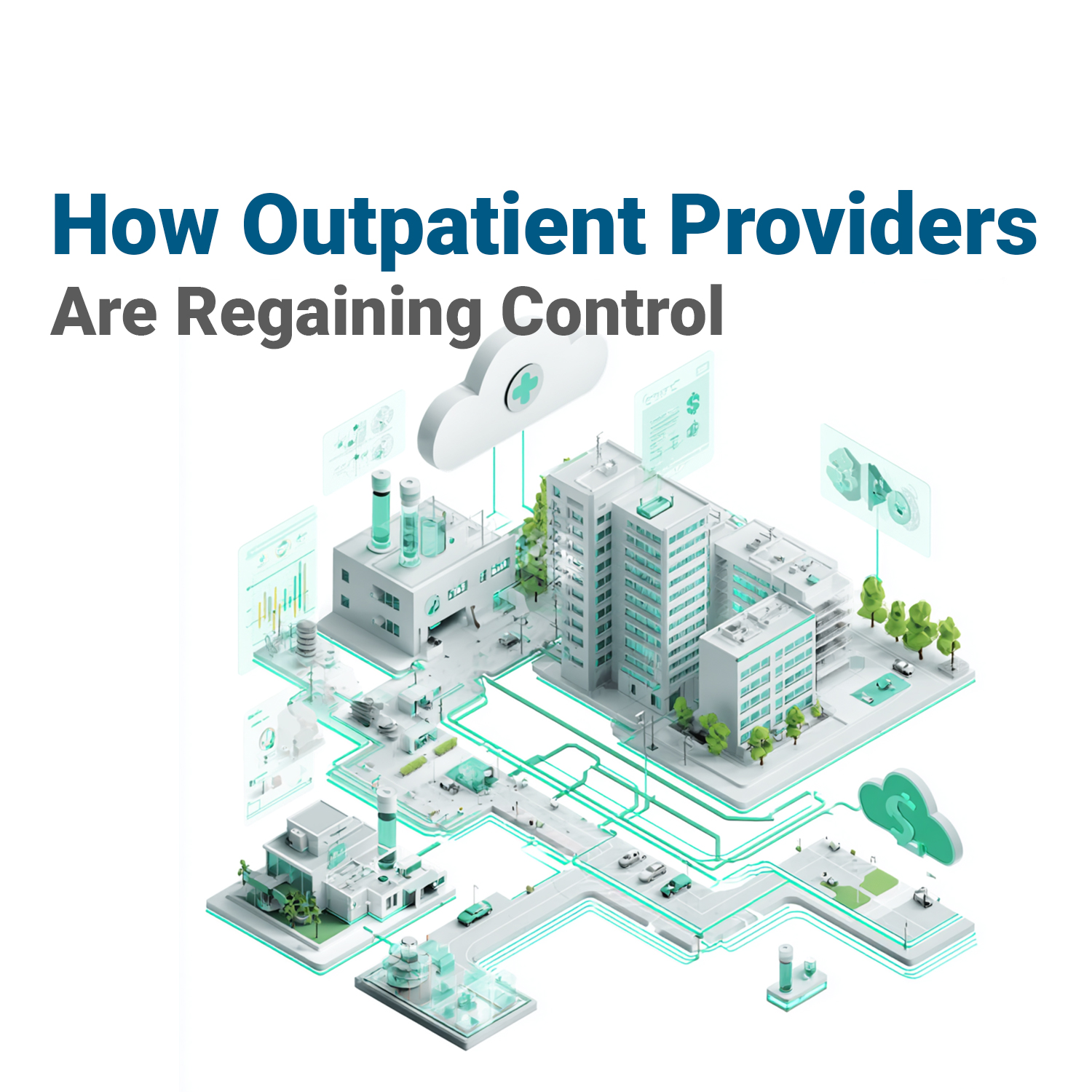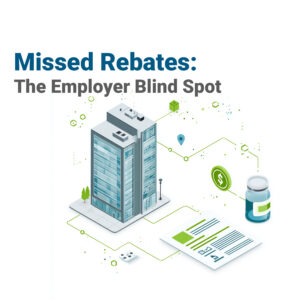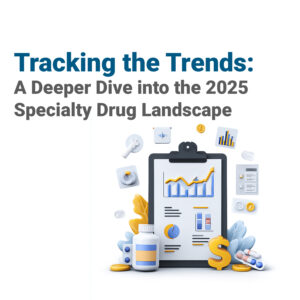It’s no good to have amazing, life-saving and life-improving medicines if they aren’t accessible to every person who would benefit from taking them. But that’s exactly what happens every day in the United States when a patient finds a prescribed drug to be out of reach due to high prices. Additionally, employment status, poverty, and other socioeconomic factors can limit a patient’s ability to manage their condition by creating barriers to access to other needed supplies and supports.
Without a system designed to break through such barriers, it’s difficult to succeed in creating an equitable prescription drug benefit. This article looks into how these barriers can be removed.
As mentioned in the overall article on this topic, VativoRx fully supports the conversation around increasing affordable access to prescription drugs for everyone, and making care patient-focused, equitable, and affordable.
What would equitable pharmacy benefit design look like?
As The Pharmaceutical Care Management Association (PCMA), puts it, “Our industry is helping employers and other drug coverage sponsors meet the needs of all patients through patient-centered quality improvement initiatives in areas of clinical vulnerability and disparities, such as diabetes and other diseases.”
PCMA suggests four areas where PBMs and the wider healthcare industry can help to rethink benefit design to serve more people, some of whom may not currently have access to such benefits.
- Embedding equity as a cross-cutting dimension of quality pharmaceutical care management.
- Increasing awareness of racial and other health disparities among employers, public programs, and other drug coverage sponsors and key pharmaceutical care partners, including pharmacists and prescribers.
- Promoting a diverse, inclusive, culturally humble, and action-oriented industry that prioritizes disparities reduction that is demonstrated, in part, by the integration of unconscious biases, conscious inclusion, and equity awareness into leadership and staff training and process workflows.
- Helping to build a diverse health care workforce.
“As a PBM, we don’t get to simply rewrite the rules we don’t like,” says VativoRx CEO and Managing Partner Lisa Quarterman. “But all PBMs can press toward change, especially when considering the need and desire to develop more equitable healthcare. We all want more healthcare for more people and for it to be affordable and accessible. The framework of equity in benefits offers an excellent opportunity to get there faster and with better results.”
What steps need to be taken to get closer to a truly equitable benefit design?
Here are how it could work, as detailed by PCMA:
From disparity reporting, tailoring medication management and delivery, improving medication affordability, and expanding community partnerships that can address disparities, PBMs are working to better understand and help address the drivers of disparities, including by:
- Remove remaining barriers to the uptake of innovative payment and incentive structures that improve the patient experience and promote affordable access to high-quality, value-based pharmaceutical care.
- Support the availability and use of real-world evidence in coverage decisions and utilization management.
- Promote cost-effective care and the ability of consumers to make informed therapy decisions, including by:
- Ensuring smooth implementation of real-time benefit tools (RTBTs) in Part D;
- Empowering prescribers to inform patients of cost-effective, therapeutically- equivalent medications by extending RTBT solutions to state Medicaid programs, state Children’s Health Insurance Programs, and the Marketplace;
- Providing easy-to-use information on in-network high-quality pharmacies; and
- Promoting care settings that are community-based, more affordable, and more easily accessible than other settings, like a patient’s home or their doctor’s office instead of a hospital.
- Encourage full adoption of electronic prescribing, electronic prior authorization, RTBTs, and similar tools that help promote meaningful transparency. These tools also meet providers where they are, including through simplified utilization management and exception request processes. When PBMs and prescribers work together, the result is streamlined medication access and timely therapy initiation.
- Support mechanisms for testing innovative payment models with aligned financial incentives to promote investment in public health and social determinants of health interventions. For example, the Centers for Medicare & Medicaid Services may consider maintaining and expanding flexibilities related to benefit design and care delivery across markets that improve chronic care management a
It’s no good to have amazing, life-saving and life-improving medicines if they aren’t accessible to every person who would benefit from taking them. But that’s exactly what happens every day in the United States when a patient finds a prescribed drug to be out of reach due to high prices. Additionally, employment status, poverty, and other socioeconomic factors can limit a patient’s ability to manage their condition by creating barriers to access to other needed supplies and supports.
Without a system designed to break through such barriers, it’s difficult to succeed in creating an equitable prescription drug benefit. This article looks into how these barriers can be removed.
As mentioned in the overall article on this topic, VativoRx fully supports the conversation around increasing affordable access to prescription drugs for everyone, and making care patient-focused, equitable, and affordable.
“It turns out that the decades-long efforts to make prescription drugs affordable and accessible,” says VativoRx’s Quarterman, “also have the knock-on effect of making them more equitable as well.”
Photo by Mitul Grover on Unsplash
—
This is part two of four detailed examinations of how to create more equitable healthcare. The parts are:
- To address disparities in prescription drug access, PBMs can do better
- To promote equitable, affordable pharmacy benefit design, PBMs can do better
- By creating a culture of equity and patient-centered care, PBMs can do better
- By investing in meaningful, data, evidence, and measurement, PBMs can do better
For more on why we’re reporting on these issues, please see our article, What does it mean for pharmacy benefits to be more equitable?






